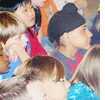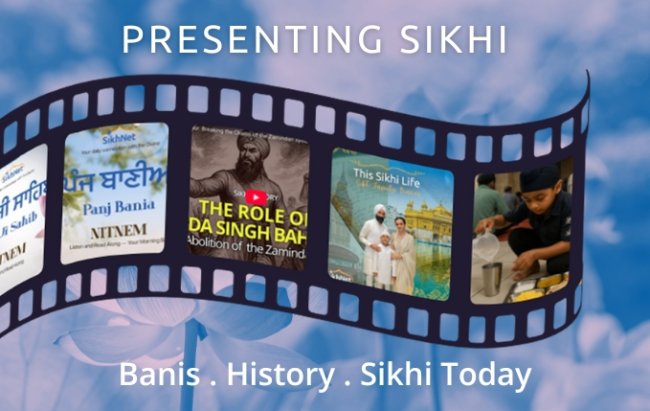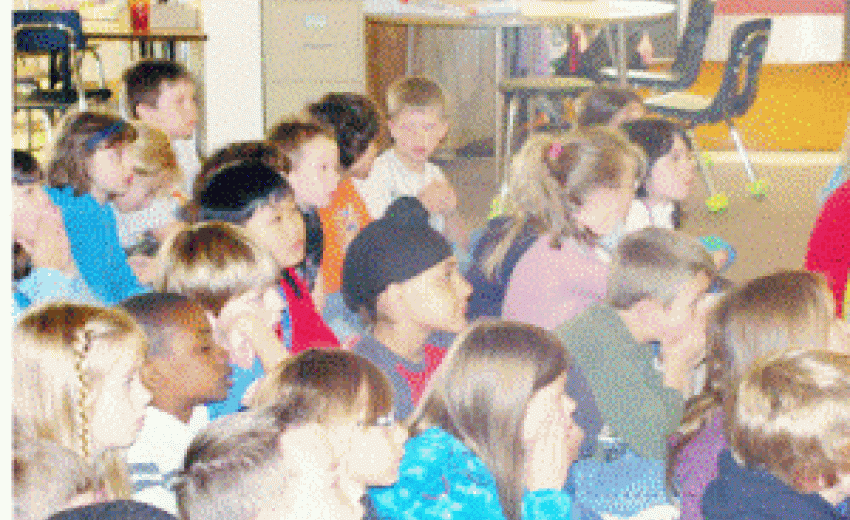 |
Nanaki, 4, often munched on goldfish crackers as she sat with her parents in meeting after meeting with Loudon County public schools officials. She and her brother, Divjot, 9, were real examples of Sikh kids that helped educators visualize the need for teaching Sikh culture to mainstream students.
It took about two years, but the effort paid off last month when the county sent the Kaur Foundation’s ‘Cultural Safari’ video and resource guides to all of its 55 elementary school libraries.
“The Kaur Foundation provided materials and resources, which was sent out to all the (elementary school) libraries,” said William Brazier, the county’s public schools supervisor for social sciences. Teachers have the option of working it into the curriculum, he said.
Brazier also sent an email to all elementary school social sciences teachers, in which he said that the foundation created and “excellent short DVD on what it means to be a member of the Sikh community and what some of the Sikh cultural practices look like and why the practices are carried out.”
He also added details on how teachers could use the video: “I encourage all teachers to take a look and use this video with their students where it fits into curricular and diversity awareness goals. It is especially useful in 2nd and 3rd grades, where our curriculum stresses the diversity of the United States and the different communities of people who live here. It is also useful for 5th grade, as the largest Sikh communities in the US are in New York, Washington, and California, so the diversity of those communities can be studied in the normal course of study of the ‘regions’ in grade 5.”
Located in the northern Virginia, just outside Washington, Loudon County took the first step in making the materials on Sikh culture and traditions available to teachers for use in classrooms. It is the second county that has included the Sikh materials in schools. The first was Howard County, Maryland, also near Washington, which introduced the Sikh materials in the 2008-2009 school year, and went further by incorporating it into the curriculum for mandatory teaching in all of its 42 elementary schools during the 2009-2010 school year.
This year, four of Howard County’s elementary schools asked the foundation for assistance in creating a presentation for Vaisakhi, said Mirin Kaur Phool, the foundations president. The teachers know that it was an important holiday for the Sikh people, and they reached out for the first time, she said.
PARENTS CONTINUE OUTREACH
Parents have been reaching out to schools for a long time, throughout the school year, often choosing a Gurpurab or Vaisakhi to make a presentation. But until recently, they have had to come up with their own ideas and materials on what to present. Now they are adding the video to their presentation.
On Vaisakhi last week, Chandeep Singh talked to the second-grade students and teachers at her son’s school in Carroll County, Maryland.
“It went wonderfully,” she said. She first showed the video and then followed with a question-and-answer. “They had so many questions, it took about 45 minutes after the video.”
 |
Kids’ questions for Chandeep and her son, Anjan:How many karas can you wear? How long is your hair? Can we see it? Do you wear your patka to bed? When will we see you wear a dastaar to school? Who will teach you how to tie it, and is it difficult to learn?
Teachers’ questions for Chandeep:Will we be allowed into the Golden Temple? Are Sikh women subservient or do they have equal rights? Can we come see Vaisakhi celebrations?
Last year, Anjan was apprehensive about having his Mom talk to his class, Chandeep Singh said. He did not want to draw attention to himself. But this year, he was very happy.
“Everybody had good things to say,” she said. “A lot of children came up to me to say your culture is very cool,” she said.
Next year, he will be in a higher grade,” she added. Students need this outreach while still in elementary school. “Kids are much more accepting at this age.”
FROM MARYLAND TO VIRGINIA SCHOOLS
Parental efforts are ongoing but limited to their children’s class. To teach an entire generation of students, Sikh studies must be incorporated into the curriculum, said Mirin Kaur, in a previous interview. It is up to Sikh parents to talk to their local school administrators about adding the materials. Howard County was the “blue print” of how to do it, she said.
Nanaki and Divjot’s parents, Mandeep Singh and Noni Kaur Bawa took that step in Loudon County. They initially met with the county’s outreach supervisor, and the ball started rolling from there.
At meetings with public schools officials, they framed the video presentation with a short talk about the reason behind the effort. They highlighted extreme bullying incidents in New York and New Jersey since the 9/11 attacks.
“Everyone needs to know who we are,” they said. “They need to know before they get to middle school.
Kids are having tough time, and they don’t always tell the parents, they said. And parents can’t always go into the schools, especially if they are first generation and don’t know what to say or do.
Their success with the social sciences teachers has prompted schools’ counselors and principals to also ask for presentations.
“We are just being proactive,” they said.
Note: Top image: Anjan Singh, fourth grader.
Photo courtesy: Chandeep Singh.

